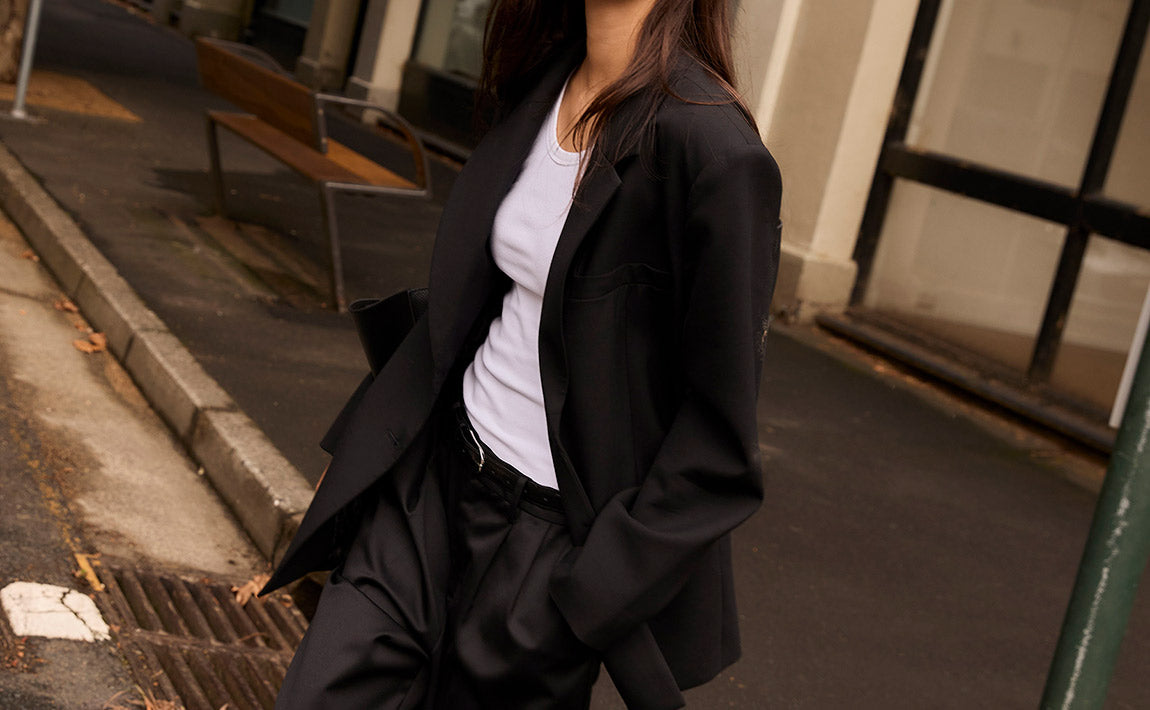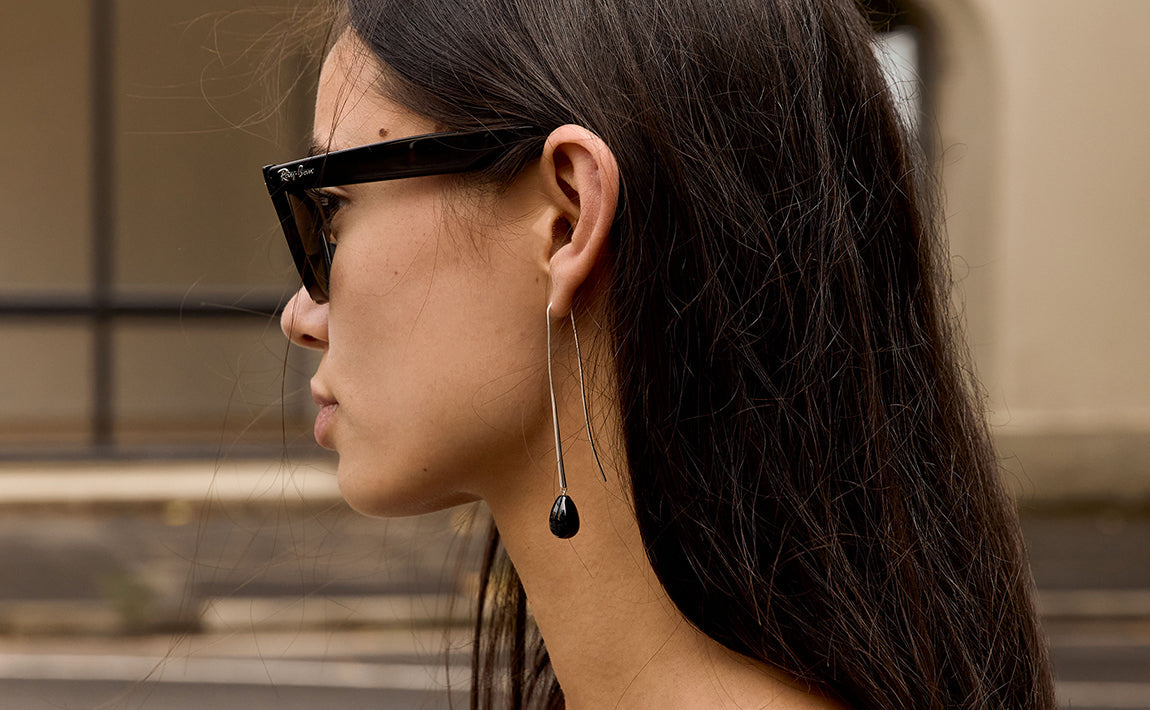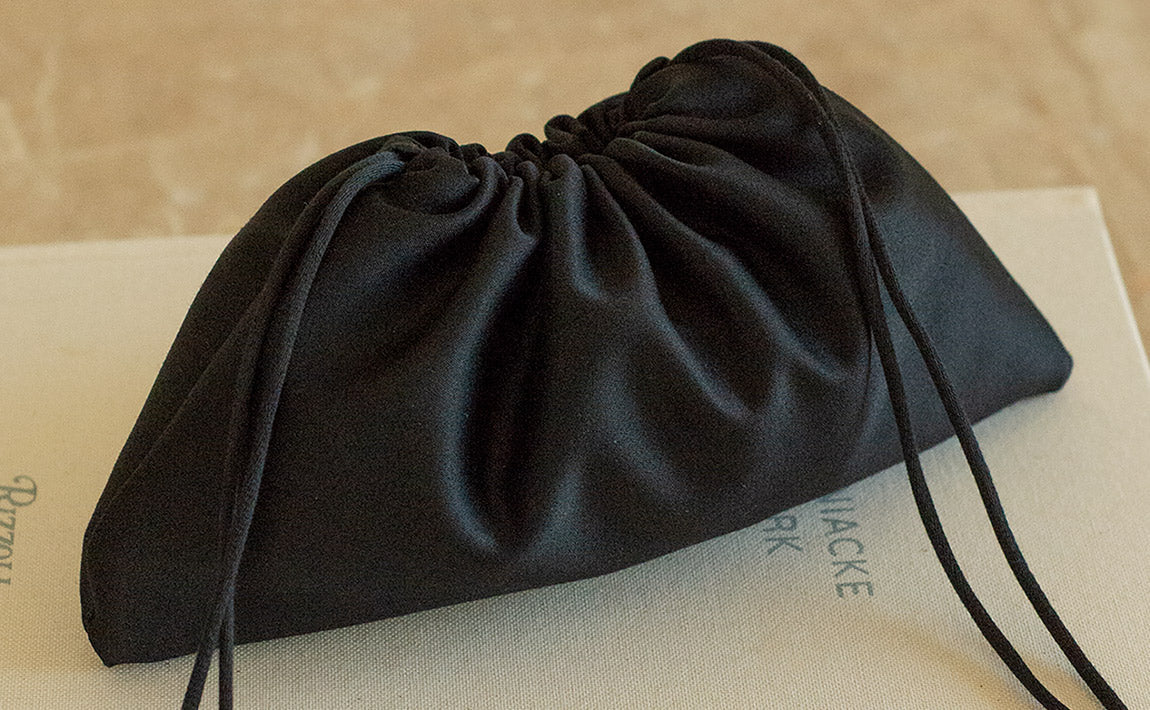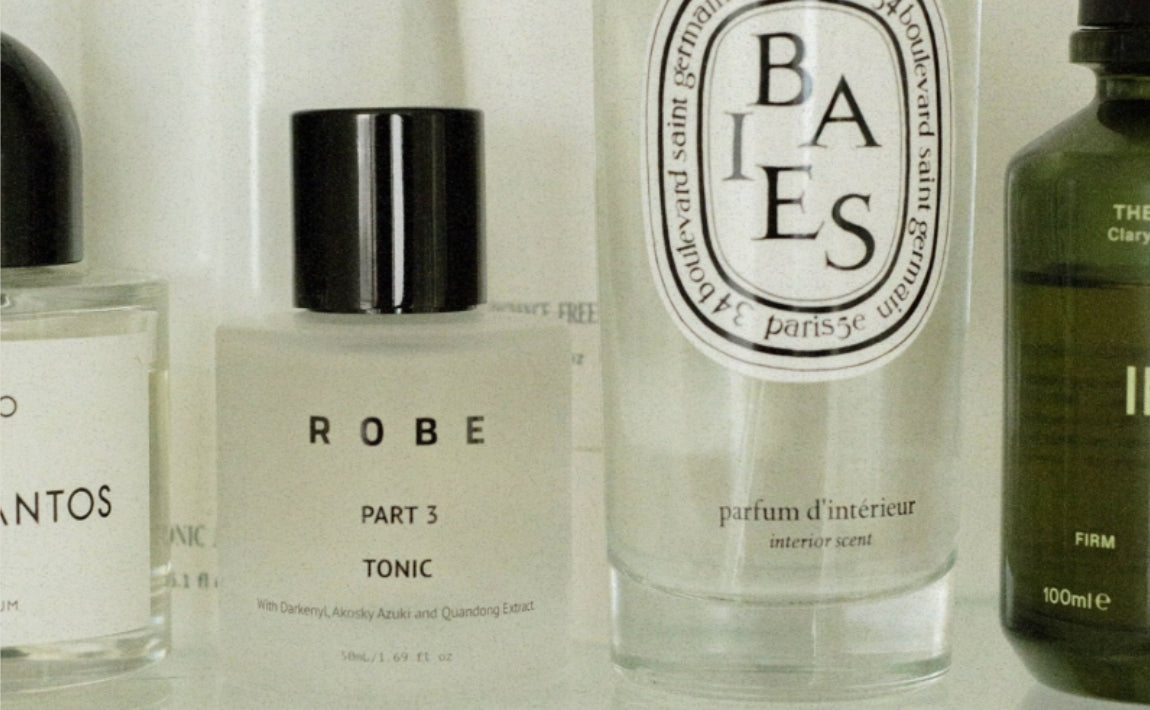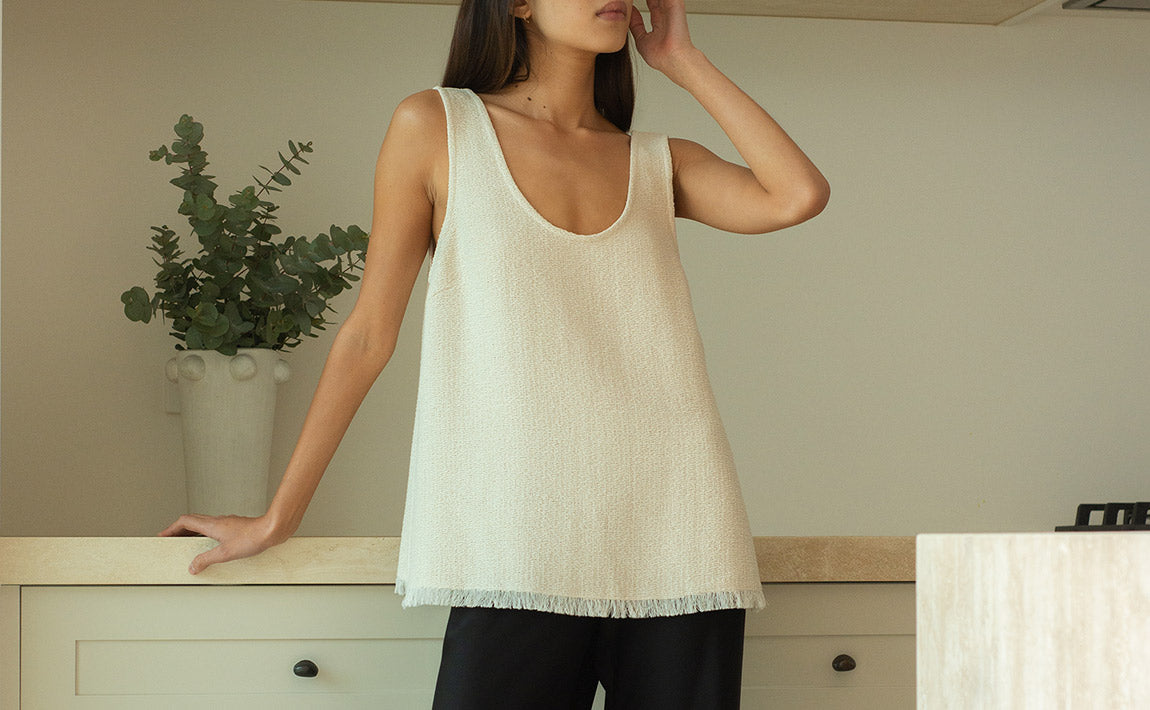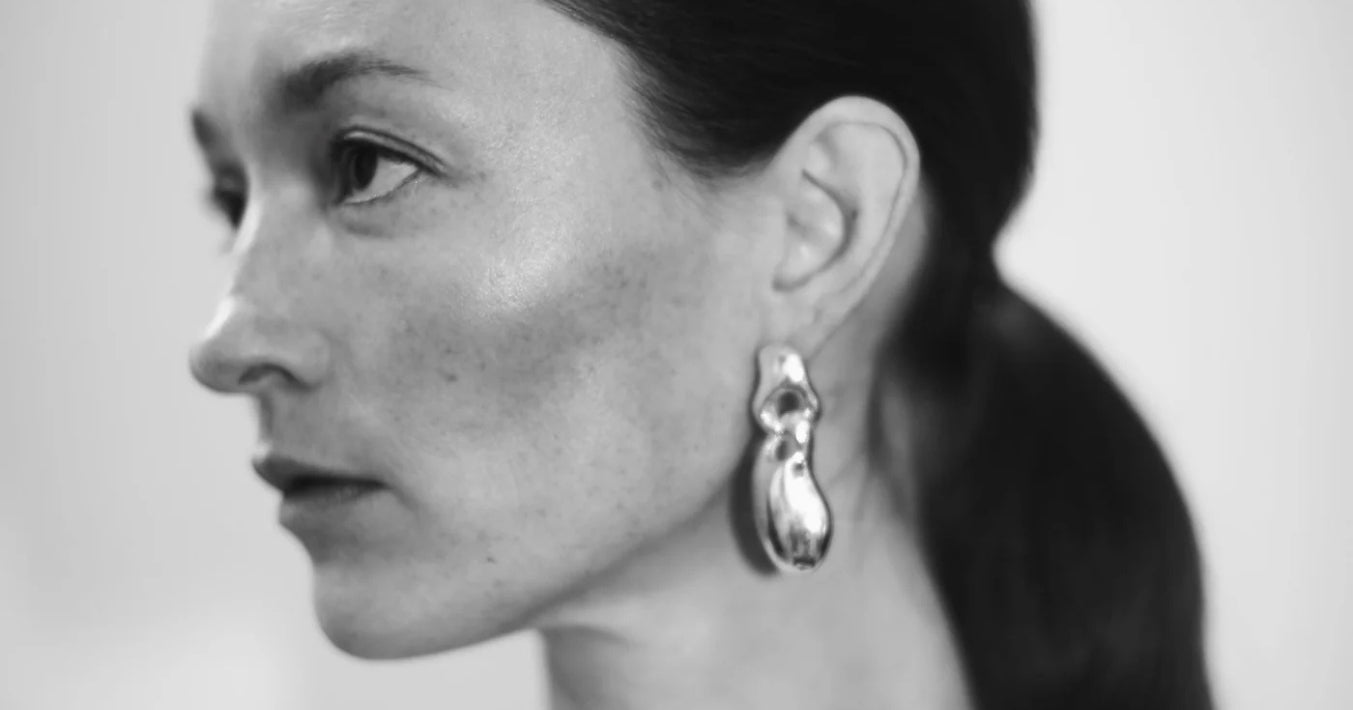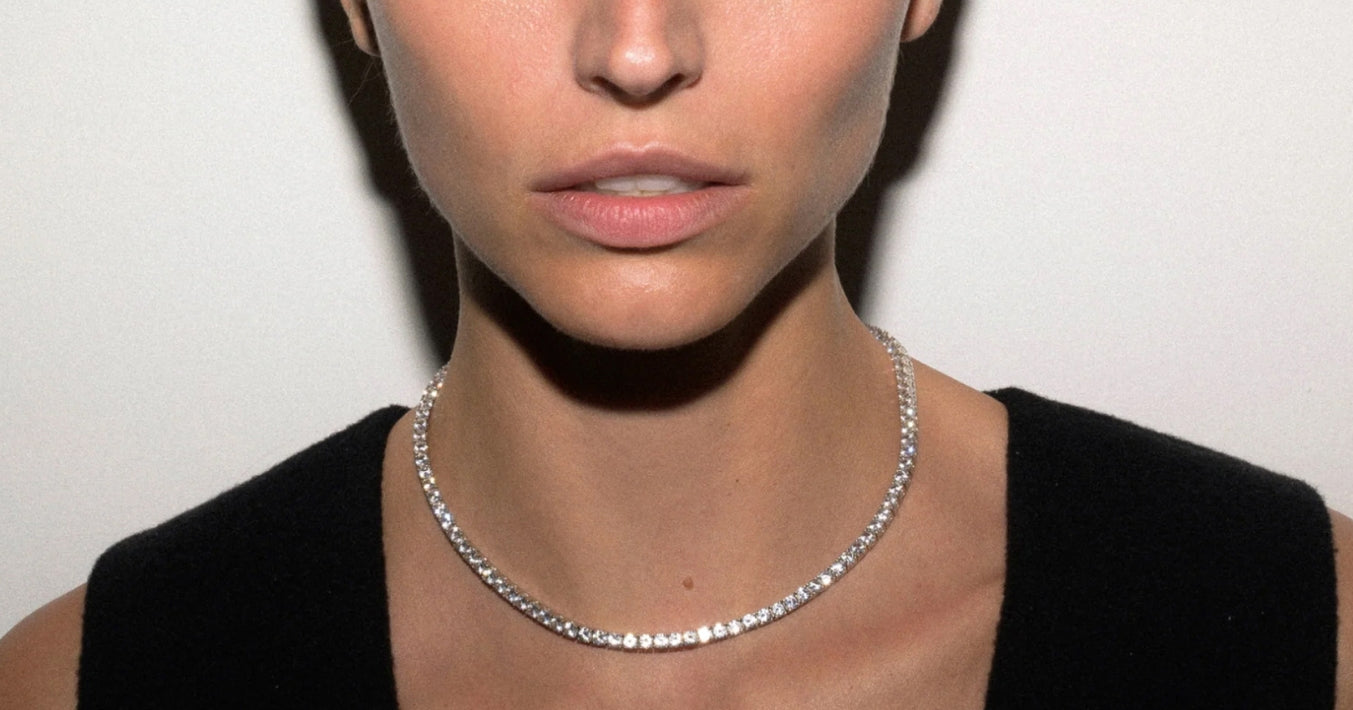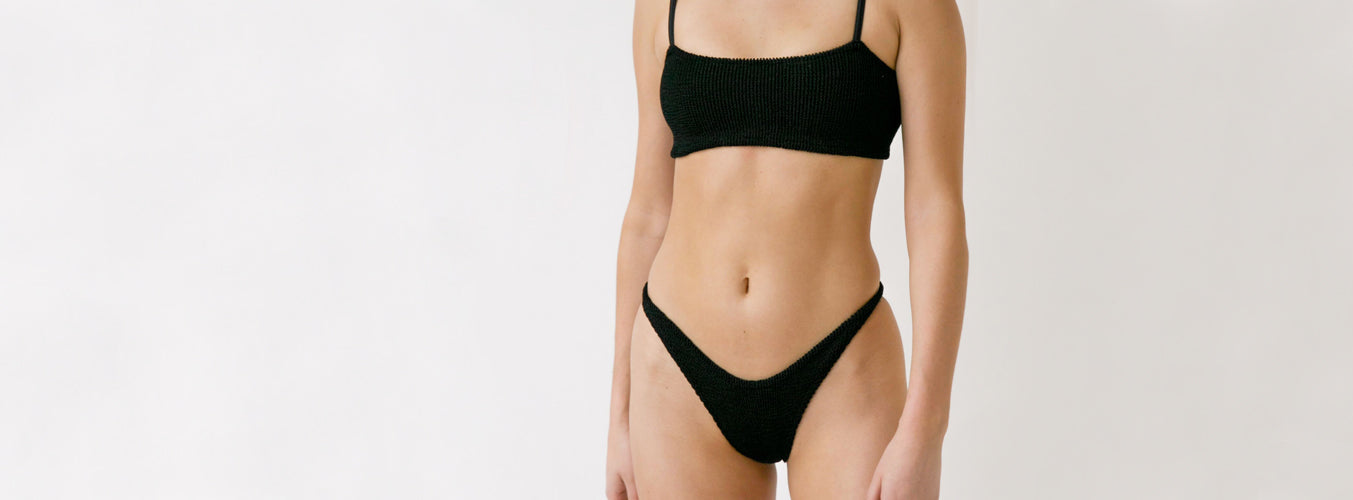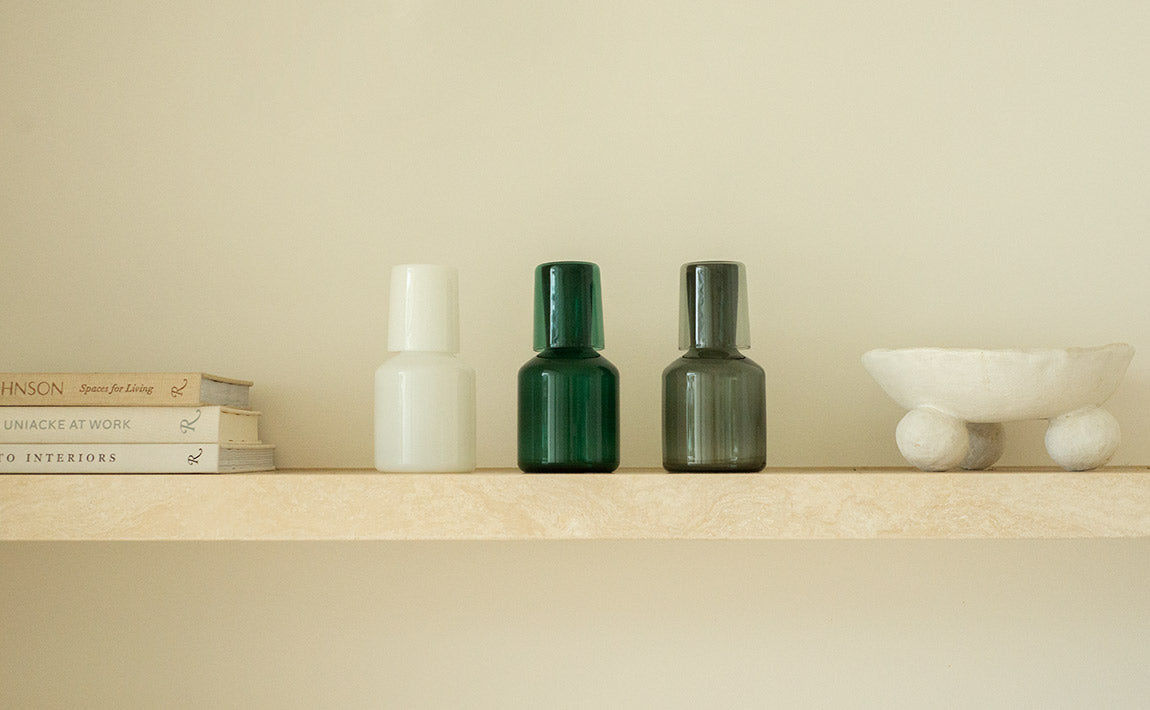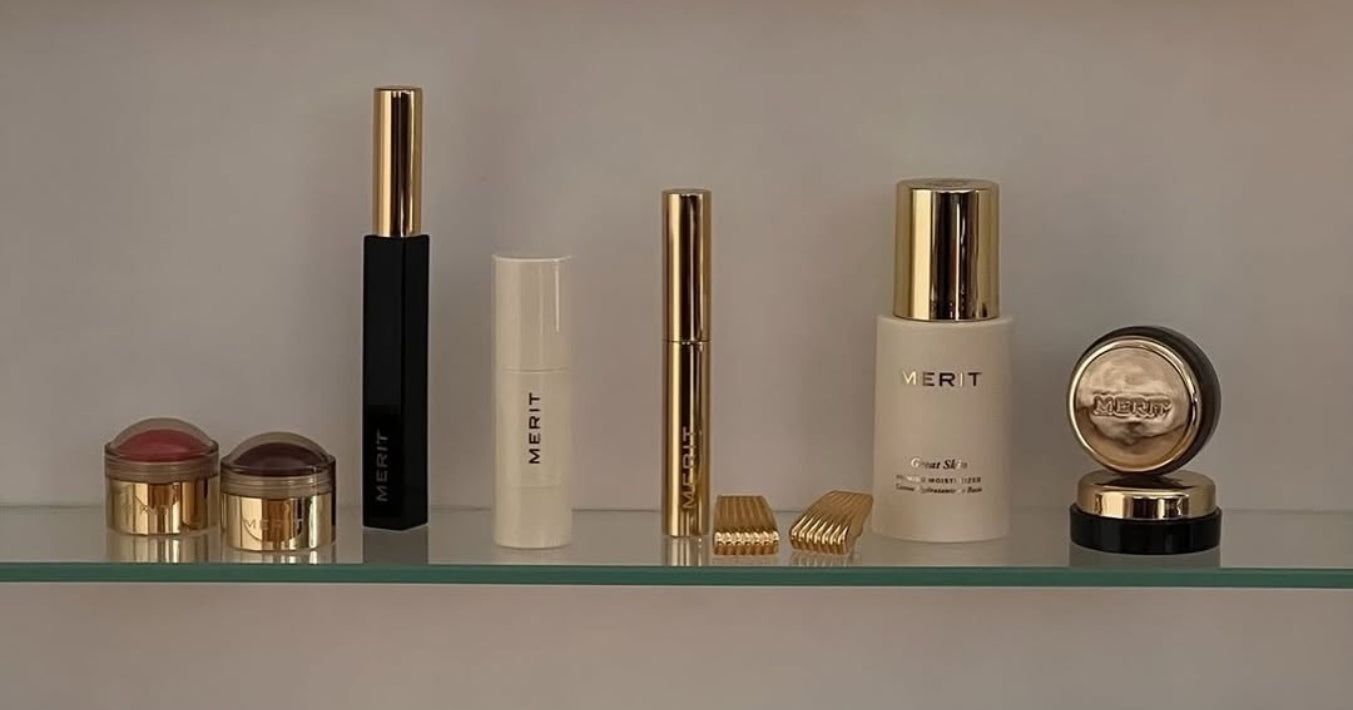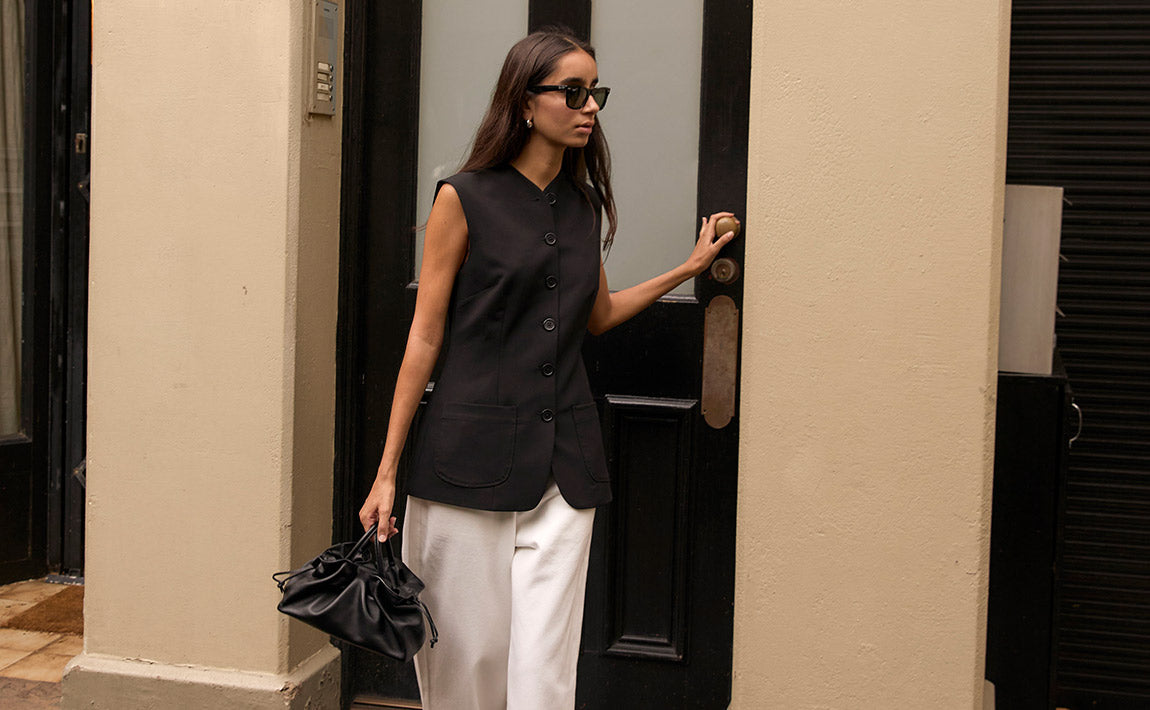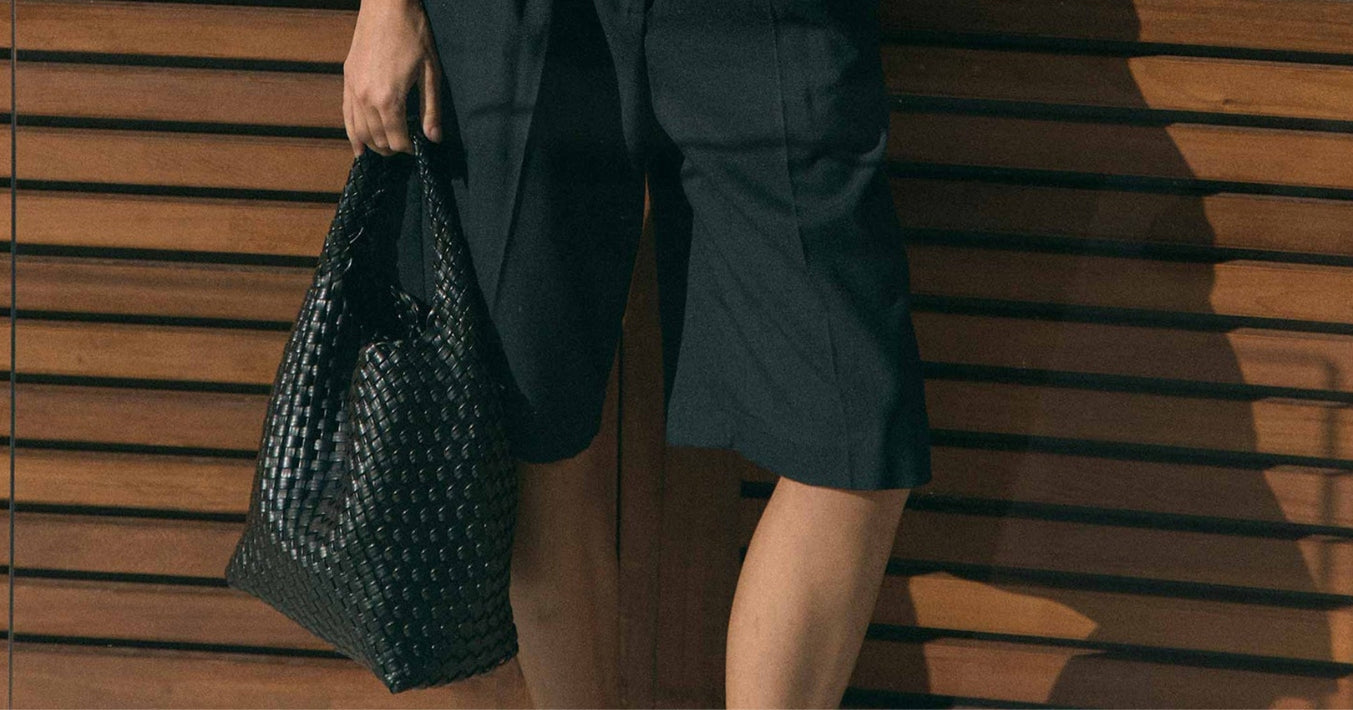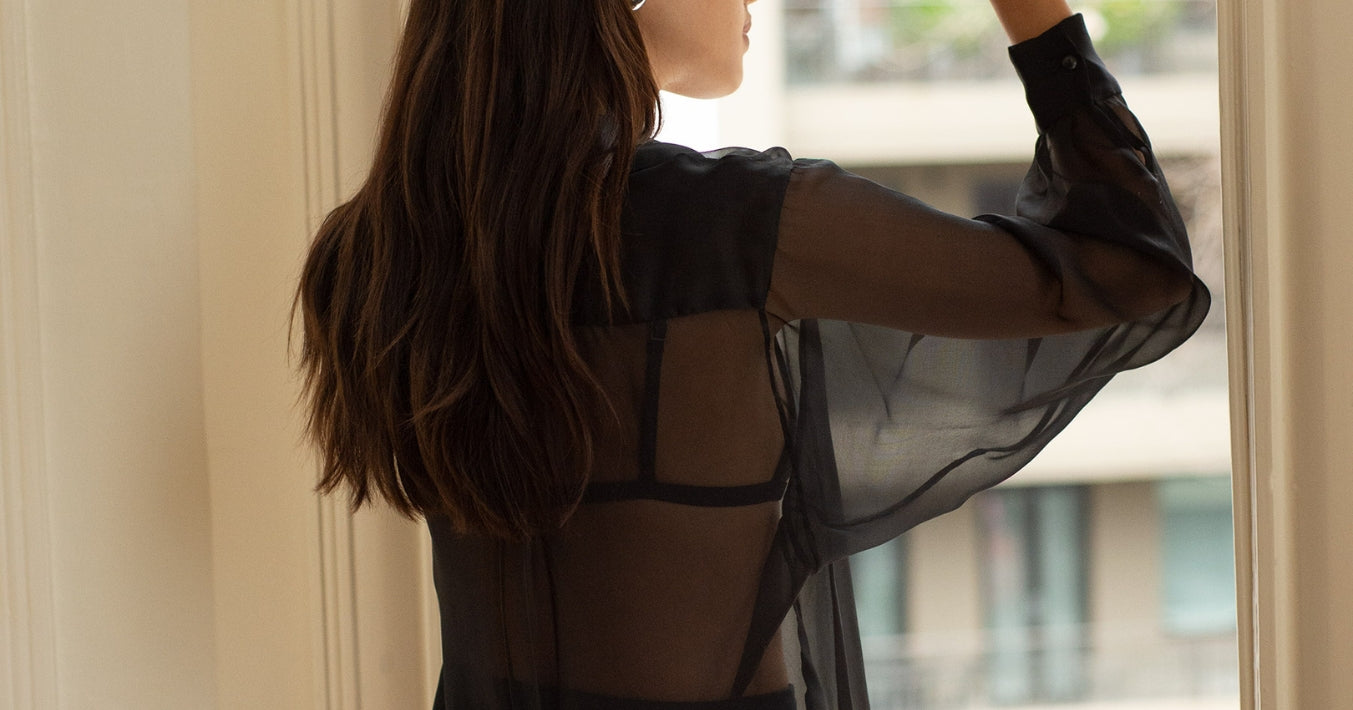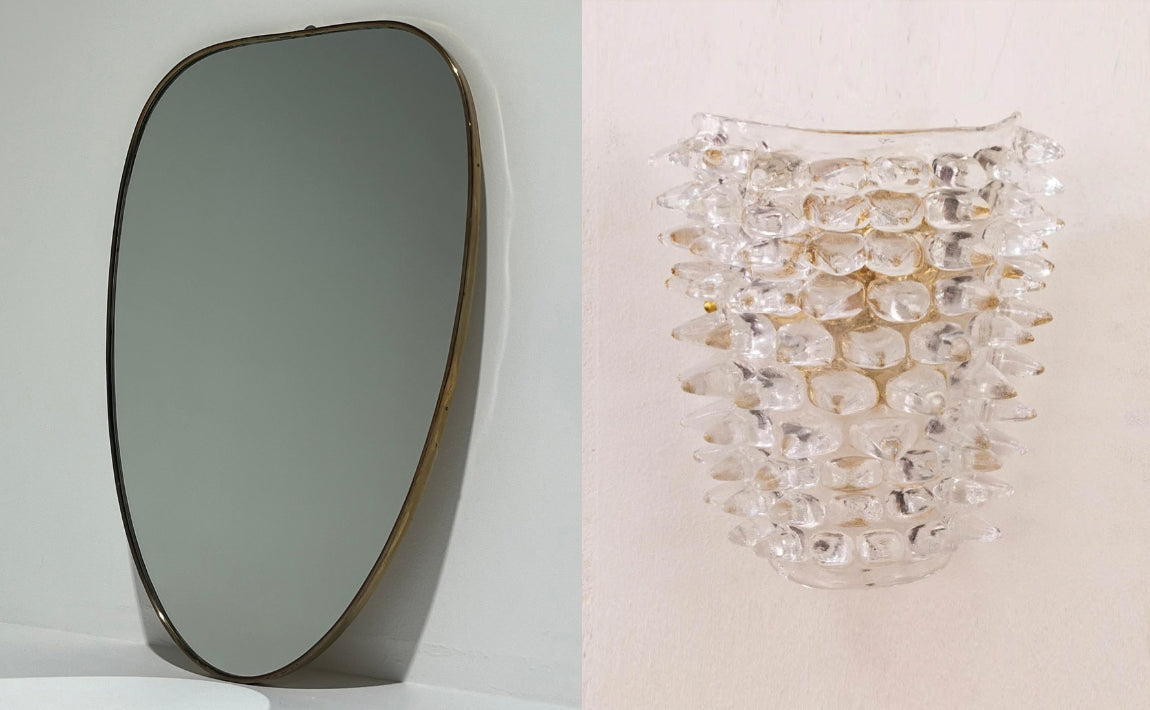Where are you wearing that?

As a buyer, one of the questions I always ask myself when editing down the selection for the store is: Where is she wearing this? There are so many items I see during buying appointments that are interesting, beautiful, and works of art, but they’re literally never going to be worn because they’re impractical for the everyday woman. But these are the pieces that lure you in—the hero items of a collection that set a mood or tone. These are what the designer wants to showcase, but what you might not know is that they’re only produced in limited quantities—for die-hard fans, stylists, editorials, or ultimately, for the archive.
To get the buy right, the starting point is knowing exactly who I’m buying for, what her lifestyle entails, her age, her stage of life, and who and what she turns to for style inspiration. It’s been relatively easy for me at theUNDONE, as we’ve honed in on a "less is more" classic minimalist vibe, and we’ve stuck with it. The attitude and point of view are razor-sharp, yet still open to exploring how her style can evolve.
What I’ve also learned is that I can’t just stock the basics. As important as they are to the functionality and wearability of a wardrobe, the basics on their own—dare I say it—can be boring.
I was listening to a podcast episode last year with Tibi founder Amy Smilovic, and her thoughts have stayed with me ever since. She mentioned how she believes basics need to have a point of view. With this in mind, a white shirt shouldn’t just be a plain white shirt; it should have something more to say—a detail or a silhouette that sets it apart from a standard white shirt. In some cases, I agree, but I also see how it can go wrong, and why finding the perfect, classic white shirt can feel so difficult. There’s nothing worse (okay, there are plenty of things, but stay with me) than finding what you think is the perfect piece, only to turn it around and discover a big cut-out, an embellishment on the back, a logo plastered on the pocket, or something else obnoxious when all you wanted was the plain version.
This approach of everything needing a point of view also leads to us buying more of the same thing, because each essential has a different take. All of a sudden, you realise you have five white shirts that are all kind of similar, yet different.
What I do agree with Amy on is that our style should have a point of view. We need to know who we are and what we want to communicate through our clothes. That’s how you find your personal style and build a wardrobe that you’ll wear and feel good in.
The way I approach buying for the store—with a customer in mind—is how we should be approaching buying and curating for our own personal wardrobes. What comes first is knowing who we are, what our lifestyle entails, and our realistic needs from our clothes. If you’re working from home, your wardrobe is going to look different than if you’re working in a corporate office. Or if you’re looking after young kids, your wardrobe is going to be different from someone who doesn’t have kids and goes out often in the evenings.
You might need to have a reality check and take a closer look at yourself if you have a closet full of clothes but still feel like you have "nothing to wear." It could be that you’re buying for someone else’s life—not yours. Brutal? Yes. Helpful? I hope so.
Fashion and personal style tell you a lot about who someone is, and this is why we’re often drawn to certain pieces for our own wardrobes. We want our clothes to speak for who we are and what we care about. It’s subtle, but it’s there.
What we need to figure out is that it’s not within one item that tells this story, but the collective of the outfit and overall styling—how we do our hair, makeup, jewellery choices. It’s the nuances and details, the moments of intentionality. Putting too much emphasis on one piece to communicate everything we want to say is where we can lose ourselves to the illusion of fashion and the incredible marketing engine it’s so clever at creating. A top is not going to make you appear smarter, richer, or more beautiful. It’s how you wear it that, however, might.
Getting to the practicalities, how do we strike a balance between a functional wardrobe of wearable items suited for the life we live, but still inject the magic that keeps our wardrobe and style feeling fresh and current?
Make a list of your week and month at a glance, noting the outfit styles you would need for each day.
It could look something like this:
- Monday: Work—school drop-off, in-office, professional (not corporate)
- Tuesday: WFH—school drop-off, elevated casual
- Wednesday: Home with kids, casual
- Thursday: Work—in-office, external meetings, professional, extra details
- Friday: Home with kids, running errands, elevated casual
- Saturday: Home, casual
- Sunday: Home, casual
Looking at a month at a glance, you might also note that you go out twice in the evenings, which calls for more dressed-up attire to see friends or attend a work event.
Your wardrobe should reflect:
- 40% Casual
- 30% Elevated Casual
- 20% Professional
- 10% Special Event Items
The description of these, of course, will be interpreted differently for everyone, but with this in mind, if your lifestyle is mainly casual and you have 10+ blazers hanging in your wardrobe that you never wear, this is giving you the data that will tell you why.
So before you add another sheer top—or whatever your repeatable weakness is—ask yourself: Where are you wearing this? And, to really probe: Is this for my life, or someone else’s?

